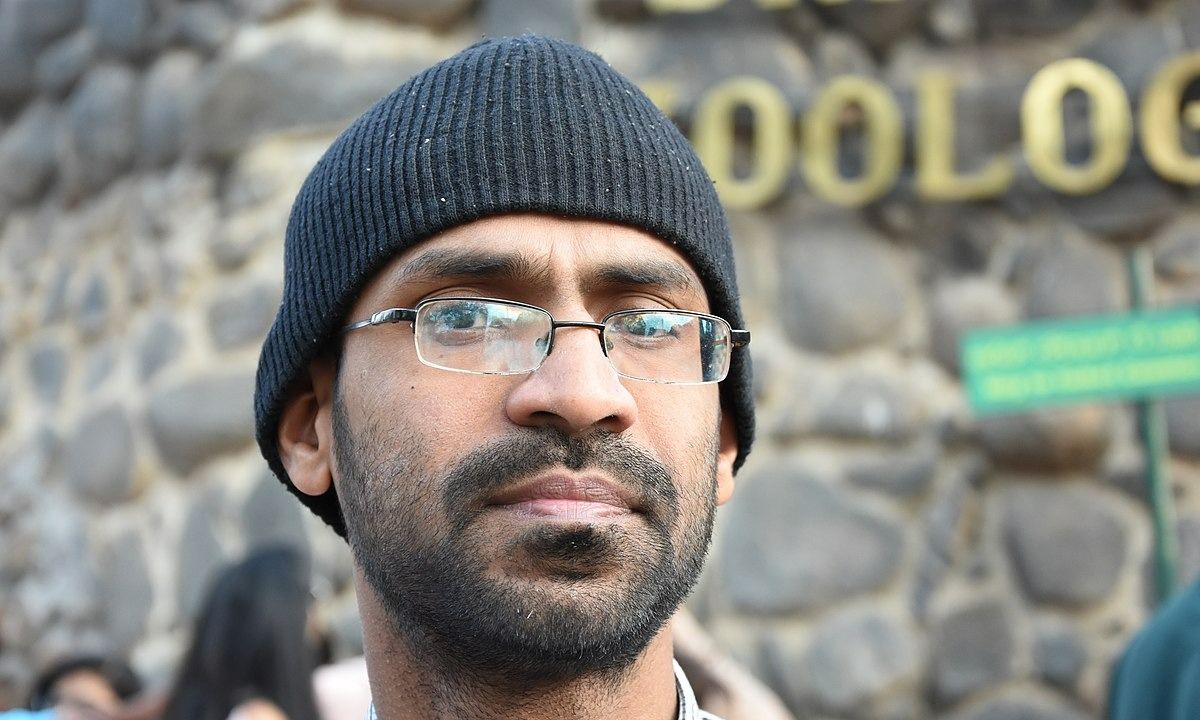The intervention from the apex court came weeks after the Lucknow bench of the Allahabad High Court denied bail to the Malayali journalist.

Siddique Kappan. (Creative Commons)
The Supreme Court on Friday, 9 September, granted bail to jailed Malayali journalist Siddique Kappan. The Supreme Court bench led by Chief Justice of India UU Lalit and Justices S Ravindra Bhat and PS Narasimha stated that every person has the right to freedom of expression.
Earlier, the court had issued notice to the UP government and sought a response by 5 September. On Tuesday, the UP government in its response said Kappan was part of a larger conspiracy to foment religious discord and spread terror in the country.
The Malayali journalist, based in New Delhi, has been in prison since he was booked under the sedition law and the Unlawful Activities Prevention Act (UAPA) on 5 October, 2020, by the Uttar Pradesh Police.
Kappan was working for the Malayalam news portal Azhimukham and was booked on his way to report on the gang rape of a Dalit girl near Hathras in Uttar Pradesh.
The cops alleged that Kappan — the then secretary of the Delhi unit of Kerala Union of Working Journalists (KUWJ) — had affiliations with the Popular Front of India (PFI).
On 5 August this year, the Lucknow bench of the Allahabad High Court rejected bail for Kappan.
The Supreme Court in the bail order asked Kappan to be in Delhi for the next six weeks, and allowed him to go back to Kerala after that period.
The apex court set conditions that included Kappan marking his presence with a local police station every week.
According to LiveLaw, Chief Justice UU Lalit asked counsel for the UP government Mahesh Jethmalani what the materials were found on Kappan, to which he responded that only ID cards and literature were found.
To the question of whether any explosives were found by the police, Jethmalani replied in the negative.
Soon after the exchange, the CJI stated: “Every person has the right to free expression. He is trying to show that the victim needs justice, and raise a common voice. Is that a crime in the eyes of the law?”
Justice Lalit was sworn in as the 49th Chief Justice of India on Saturday. Kappan’s case was one of the first he heard after taking the charge. The case was later adjourned for disposal on 9 September, Friday.
The Supreme Court in various instances has asserted the importance of bail through its statements and orders.
The Satender Kumar Antil vs Central Bureau of Investigation (CBI) case clearly lays down provisions for granting bail. The judgement emphasised that bail was the right of a citizen, and jail was an exception.
The judgement was hailed by human rights defenders because it had far-reaching effects in the cases of political prisoners jailed under draconian laws like the UAPA.
In July, the Supreme Court Bench consisting of Justices Sanjay Kishan Kaul and MM Sundresh reiterated that any non-compliance with Sections 41 and 41A of the Criminal Procedure Code (CrPC) at the time of arrest would entitle the accused to bail.
Section 41 deals with the arrest of persons and Section 41A deals with the procedure for appearance before the police officer.
“The principle that bail is the rule and jail is the exception has been well recognised through the repetitive pronouncements of this court. This again is on the touchstone of Article 21 of the Constitution of India,” the Supreme Court order read.
On 26 April last year, the Editor’s Guild of India — a non-profit organisation of journalists in the country — tweeted its statement demanding proper medical treatment to and a fair trial for Kappan.
The guild also said it was “shocking” that the Supreme Court had not yet intervened in this case to ensure a fair trial for the journalist.
The Editors Guild of India statement on the continuing incarceration and inhuman treatment of the journalist Siddique Kappan. pic.twitter.com/OzYwhWt5II
— Editors Guild of India (@IndEditorsGuild) April 26, 2021
The UAPA is highly criticised for being often used by governments against political opponents, journalists, and people from minority communities.
Conviction rates under the UAPA are negligible, and the accused have the burden to prove their innocence.
The rising interferences by the Indian government against journalists brought its rank in the World Press Freedom Index to 150.
The ranking, published by Reporters without Borders, states: “The violence against journalists, the politically partisan media, and the concentration of media ownership all demonstrate that press freedom is in crisis in the world’s largest democracy.”

Jul 26, 2024

Jul 26, 2024

Jul 26, 2024

Jul 25, 2024

Jul 25, 2024

Jul 25, 2024